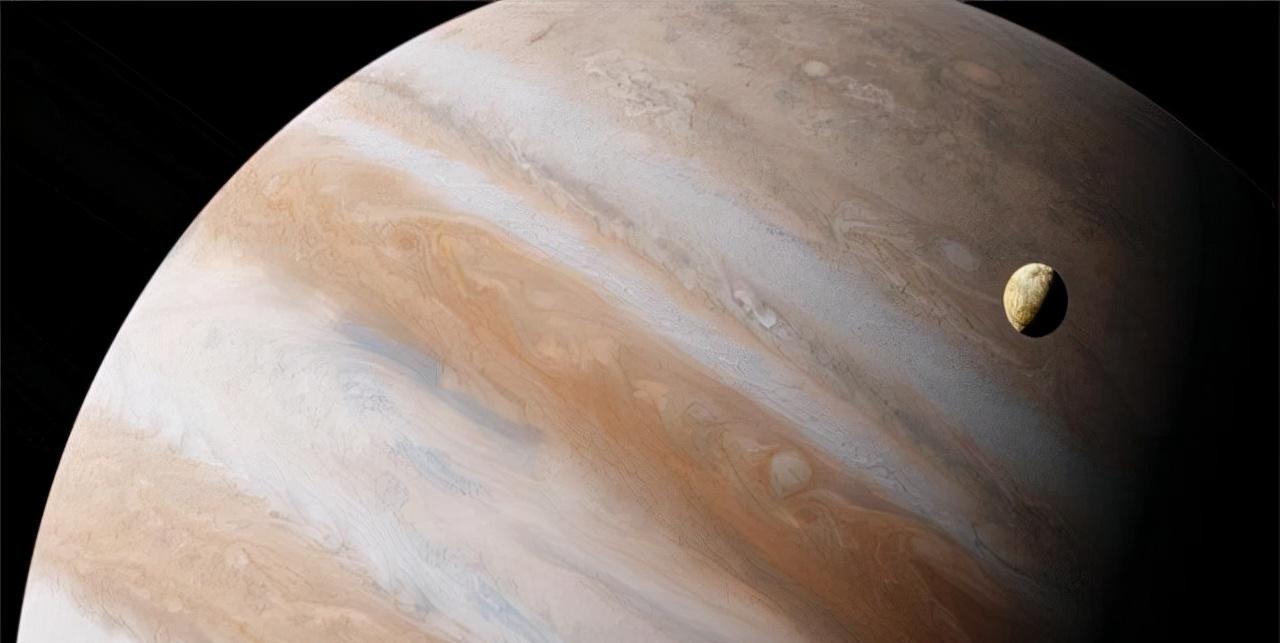The Juno mission is NASA's exploration mission to Jupiter since 2016.
Today, Jupiter's solar robot explorers have completed their main mission for five years, revealing the inner workings of the solar system's largest planet.
The final measurements revealed the three-dimensional structure of Jupiter's weather system, including the most famous Great Red Spot.

Prior to juno's mission, decades of observations revealed the famous streaked appearance of Jupiter's atmosphere, with white bands known as zones and reddish-brown bands known as bands.
These straps are separated by strong east-west winds, called jets, and are dotted by huge whirlpools such as red spots.
But scientists have long suspected that these weather patterns are just the tip of the iceberg, with hidden and unforeseen phenomena that may be shaping the atmosphere deep beneath the clouds.
Unlike Earth, Jupiter's atmosphere lacks a surface, so it can be considered a bottomless abyss.
The Juno Jupiter probe has three ways to peek beneath the misty vortexes of the upper layer.
It can measure tiny changes in Jupiter's gravity to sense the distribution of mass all the way down to the fuzzy core.
It can measure Jupiter's magnetic field to determine flow in a deep magnetized fluid layer.
It can also use microwave light to look directly at the clouds.
By modeling these microwave and gravity data, the researchers determined that the famous Great Red Spot Storm was at least 300 kilometers deep, perhaps as deep as 500 kilometers.
The orbit of the International Space Station is about 420 kilometers from the Earth's surface.
The deeper the root system, the more likely it is that the erythema will persist for years to come, although it has been hit by surface blows from passing storms.
However, despite these new findings, the spot may still be a "pancake-like" structure floating in a bottomless atmosphere, with a 12,000 km width of the spot 40 times larger than its depth.
What is clear is that the Juno mission opens a new window into Jupiter's deep atmosphere, and these results are challenging our understanding of this huge planet.
As Juno begins to extend its mission, scientists will work to make these new discoveries meaningful.